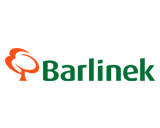Flooring Screeds
Flooring screeds are essential to producing a perfectly flat surface ready for laying floor. there are a large range of screed options that can be applied to directly tto concrete or plywood surface.
Showing 1–12 of 43 results
-

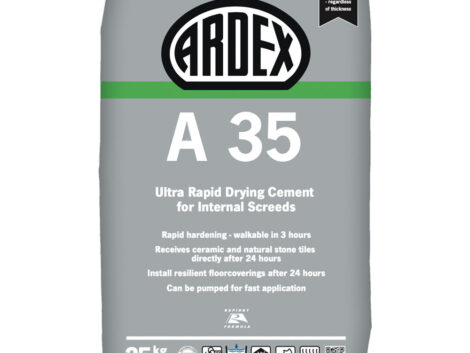
-

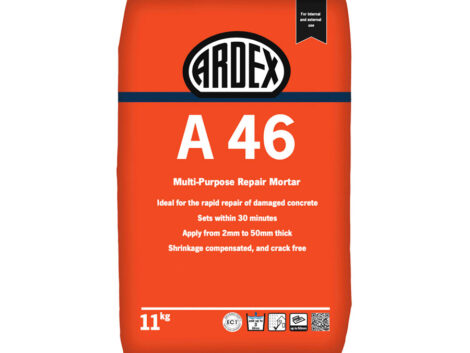
-

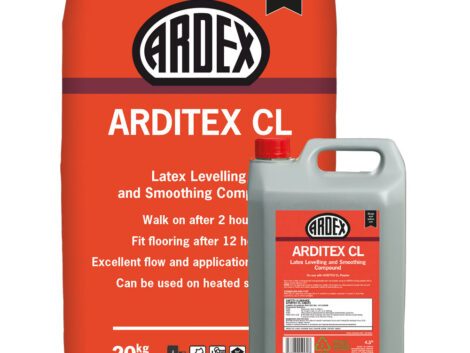
-

 Accessories
AccessoriesArdex Arditex CL PLUS+ Latex Powder 20kg / 4.8kg (Bag And Bottle)
£28.99Was:
£29.99SAVE 3% -

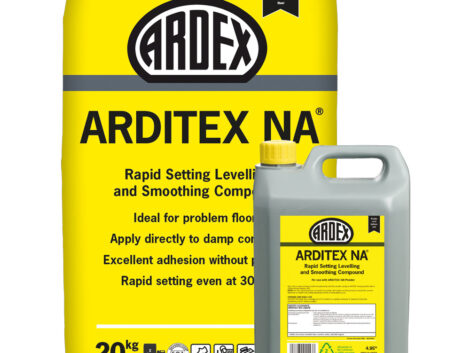
-
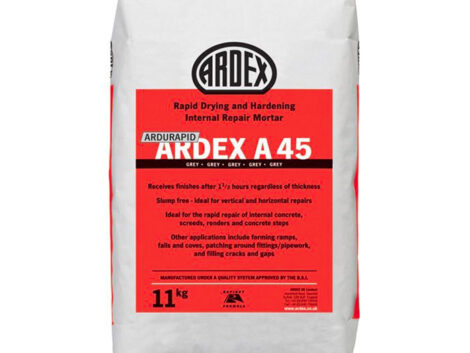 Accessories
AccessoriesArdex Ardurapid A45 Rapid Drying And Hardening Internal Repair Mortar 11kg Bag
£24.99 -

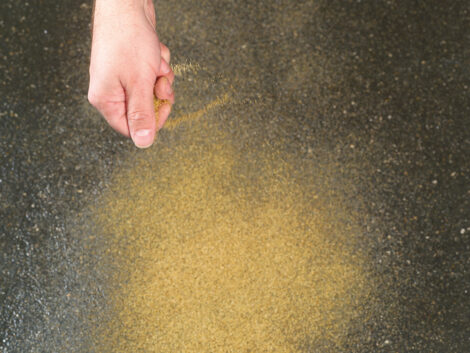
Ardex Coarse Aggregate 25kg
£11.99 -

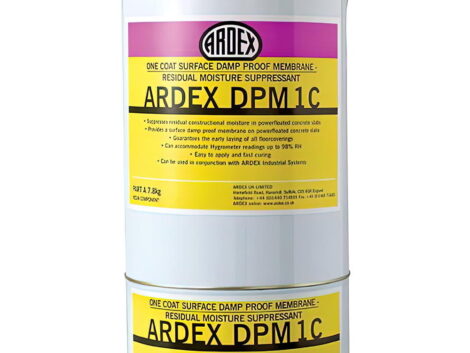
Ardex DPM 1 C One Coat 10 Kg
£238.99Was:
£279.99SAVE 15% -


Ardex DPM 1 C One Coat 25Kg
£599.99Was:
£629.99SAVE 5% -

 Accessories
AccessoriesArdex Feather Finish Rapid Drying Patching And Smoothing Compound 11kg
£68.74 -


-

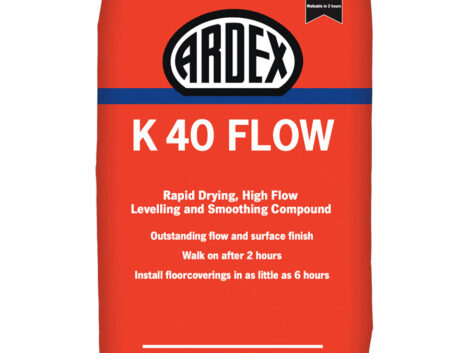
What is a Screed?
A screed is a crucial component in the construction and flooring industry, used to create a smooth, level surface for various types of flooring materials. This versatile material can be made from cement, sand, and water, and is applied in a semi-liquid state before being leveled and left to dry. Screeds can be used to level concrete floors, provide a smooth finish for tiling, or even to create the base for underfloor heating systems. In this article, we will explore the different types of screeds, their uses, and the important role they play in achieving a high-quality finish in construction projects.
Types of Flooring Screeds
Floor screeds are used to provide a smooth, level surface for the installation of final floor finishes. There are two main types of floor screeds: sand/cement floor screed and pumped anhydrite floor screeds.
Sand/cement floor screed is a traditional mixture of sand, cement, and water. It is manually mixed and applied on site to create a smooth and level surface. This type of screed is commonly used in residential and commercial buildings and is suitable for use with most floor finishes. Sand/cement floor screed provides good compressive strength and is ideal for areas with high foot traffic.
Pumped anhydrite floor screeds are a self-leveling and fast-drying option for floor screeding. They are made from calcium sulfate and water and are pumped onto the subfloor to create a smooth and level surface. Pumped anhydrite floor screeds are ideal for large areas and can be used with underfloor heating systems. They offer good thermal conductivity and are suitable for use with various floor finishes.
Both types of floor screeds have their own application processes and properties, making them suitable for different uses. Sand/cement floor screed is versatile and ideal for most applications, while pumped anhydrite floor screeds offer faster installation and drying times, making them ideal for larger projects.
Can I use underfloor heating with screed
Yes, underfloor heating can be used with screed by ensuring that the heating pipes are laid before pouring the screed, and that the screed is compatible with the heating system. Using compatible screed with underfloor heating provides numerous benefits, including the ability to regulate heat flow and its durability. The screed acts as a thermal mass, absorbing and storing heat, and then releasing it slowly to maintain a comfortable temperature. This helps to create a more consistent and efficient heating system.
There are different types of screed that are suitable for use with underfloor heating, including conventional sand and cement or anhydrite screed. These types of screed are specifically designed to work with underfloor heating systems, ensuring optimal performance and longevity. When using underfloor heating with screed, it is important to consult with a professional to ensure that the system is installed correctly and that the screed is compatible with the heating pipes. Overall, using screed with underfloor heating is an effective and efficient way to heat a space while also providing a durable and long-lasting floor finish.
What are the flooring screed mix ratios
The recommended flooring screed mix ratios typically include the use of either a 1:3 or 1:4.5 ratio of cement to sharp sand. The 1:3 mix is commonly used for heavier duty flooring, while the 1:4.5 mix is suitable for light foot traffic or where a smooth finish is required. The recommended depths for different types of flooring screeds vary, but typically range from 25mm to 75mm.
The depth of an unbonded and floating screed is limited to around 50mm, as anything deeper can cause excessive shrinkage and cracking. Additives are available to help with rapid drying times and to enhance the performance of the screed for use with underfloor heating systems.
When it comes to laying the screed, it can be done by a professional fitter or as a DIY project. However, it is important to ensure that the mix ratios and depths are accurately measured and applied to achieve the desired results.
In conclusion, the mix ratios for flooring screed typically involve a 1:3 or 1:4.5 ratio of cement to sharp sand, with recommended depths ranging from 25mm to 75mm. Additives are available for rapid drying and underfloor heating compatibility, and the screed can be laid by a professional or as a DIY project.
Can you use screed for flooring?
Traditional screed is a versatile flooring option suitable for various settings, including residential garages and commercial spaces. Its durability and ability to provide a smooth and level surface make it ideal for high-traffic areas. In terms of aesthetics, screed allows for a range of finishes, from polished and decorative to more functional options.
For specific industries with strict hygienic requirements, polyurethane resin screed is a recommended option. Its imperviousness and exceptional chemical resistance make it suitable for environments where spillages and heavy cleaning are common. In addition, the minimal disruption to food production processes makes it a popular choice for the food and beverage industry.
Overall, the use of screed for flooring offers a balance of functionality and visual appeal, with the option of polyurethane resin providing enhanced durability and hygienic benefits for specific industrial applications.
Trusted and loved by our customers, we are proud of the service & advice we offer.
-
From choosing the flooring we likedFrom choosing the flooring we liked, ordering and receiving delivery was so simple. Once again Anthony answered our questions in a professional and friendly manor, nothing being too much trouble. The ...
TINA
Flooring King Customer
2 days ago
-
Great company!Absolutely brilliant company to deal with. Customer service is fantastic. The guys are so helpful and attentive. When I placed my original order I very stupidly ordered a pack short as I didn’t add on...
Mary
Flooring King Customer
3 days ago
-
Good productGood product, competitive prices and quick delivery.
Andrew Scrimgeour
Flooring King Customer
6 days ago





